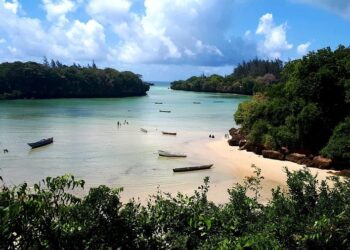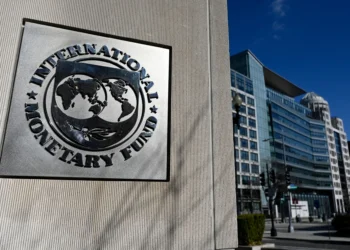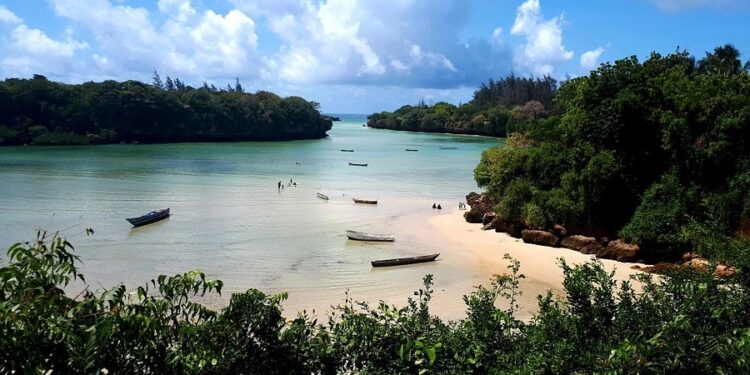Kenya’s beach and island privatisation initiative took centre stage Monday as Tourism Cabinet Secretary Alfred Mutua unveiled plans to hand over five pristine beaches and four idyllic islands in Kwale, Lamu, and Kilifi counties to private investors, aiming to supercharge the coastal tourism sector with fresh capital and flair.
The move, greenlit by the National Treasury and eyed for rollout by mid-2026, targets underutilised gems like Takaungu, Msambweni, Vipingo, Kipungani, and Matondoni beaches, alongside Chale, Funzi, Kiwayu, and Manda islands, spots where turquoise waters lap against white sands but infrastructure lags behind the hype.
“This isn’t selling our shores; it’s unlocking their magic for jobs and global wanderers,” Mutua declared at a sun-drenched presser in Diani, his shades reflecting the Indian Ocean’s sparkle as local tour operators nodded from the sidelines.
The blueprint, detailed in a 50-page prospectus leaked to Business Daily, spells out a 30-year lease model where winners – think eco-resort chains from Dubai to Durban – pony up Sh500 million minimum for upgrades like solar-powered bungalows and marine conservation hubs.
Kwale’s Msambweni Beach, with its coral-fringed coves and Digo fishing vibes, could morph into a wellness retreat rivalling Zanzibar’s spice isles, while Lamu’s Kipungani and Matondoni-Swahili soul spots, where dhows slice the horizon, are eye-boutique hideaways blending heritage with hammocks.
Kilifi’s Takaungu and Vipingo, those hidden horseshoe bays north of Malindi, promise paddleboard paradises, and the islands? Chale’s cliffs in Kwale scream private villas; Funzi’s mangroves beg for kayaking lodges; Kiwayu and Manda in Lamu, ancient trade outposts, could host superyacht slips without losing their UNESCO whisper.
Backers hail it as a lifeline for a sector gasping post-COVID; tourism dipped to 1.5 million arrivals in 2024 from 2 million pre-pandemic peaks, with coastal counties scraping 15% occupancy.
“Privatisation means ploughing billions into roads, jetties, and staff training – think 5,000 direct jobs in Kwale alone,” enthused investor rep Fatima Hassan of Horizon Resorts, her hijab fluttering in the breeze during a site walk.
Locals like 62-year-old fisherman Juma Ali from Msambweni see silver linings too: “My sons fish at dawn; soon, they’ll guide snorkelers by noon – no more empty nets.”
Yet, ripples of worry lap at the edges. Environmentalists at the Kenya Marine and Fisheries Research Institute flag risks to turtle nesting grounds on Funzi, urging “green clauses” in contracts.
“Privatise smart, or we privatise paradise away,” warned activist Nelly Mwang’ombe in a viral social media thread.
This Kenya beach and island privatisation push fits a broader hustler blueprint – Ruto’s administration already floated Jomo Kenyatta International Airport stakes and Nairobi’s power grids, netting Sh100 billion last fiscal year.
For the Coast, it’s personal: Lamu’s Kiwayu, once a sheikh’s playground, and Manda’s ruins could lure high-rollers sans the Mombasa traffic snarl.
Mutua dangled tax breaks for sustainable plays – zero VAT on reef-safe sunscreens – and community equity shares, ensuring 20% of revenues loop back to saccos in Ijara and Magarini.
Critics, though, smell a whiff of exclusivity: “Beaches for billionaires while we beachcomb scraps?” griped Kilifi youth leader Hassan Swabir at a town hall, his placard bobbing amid the palms.















